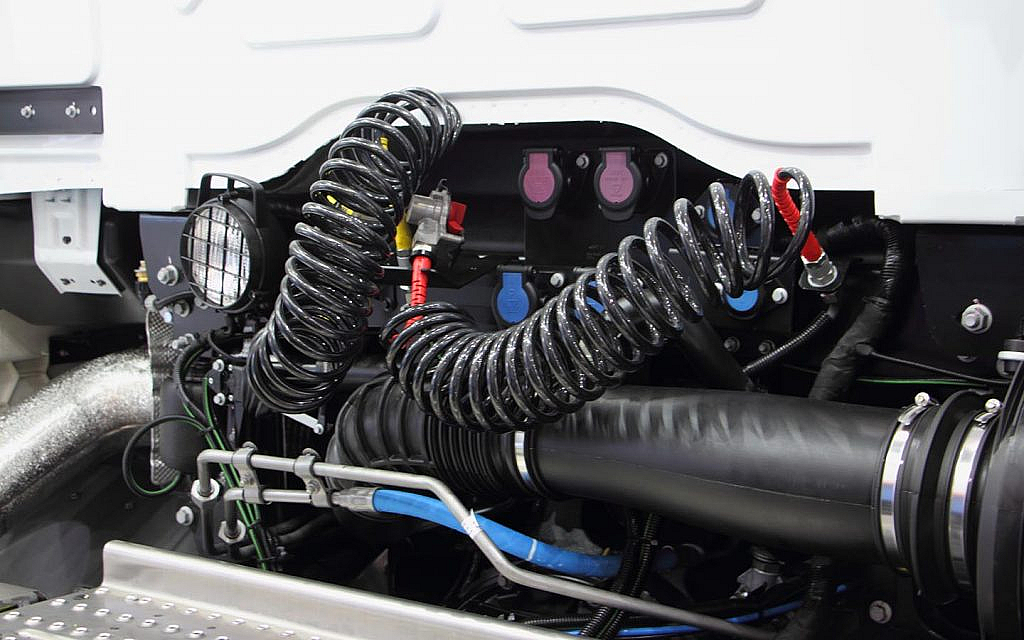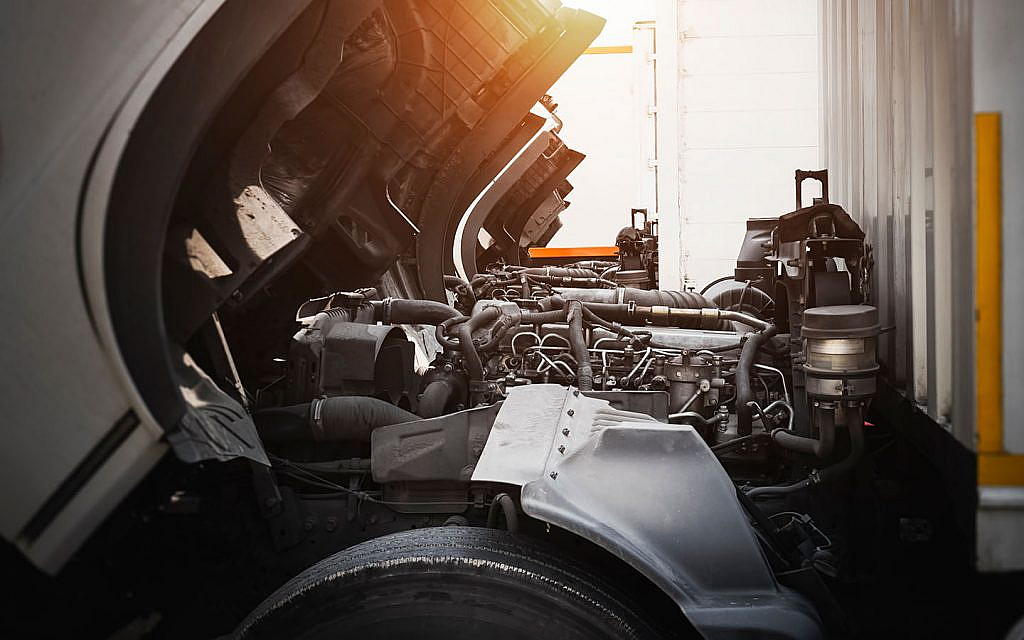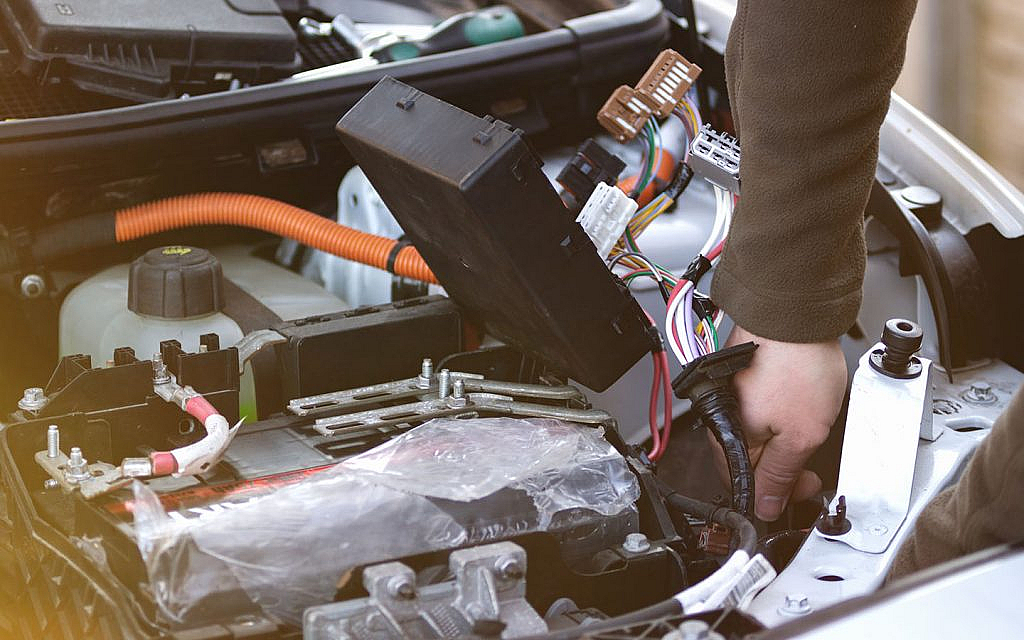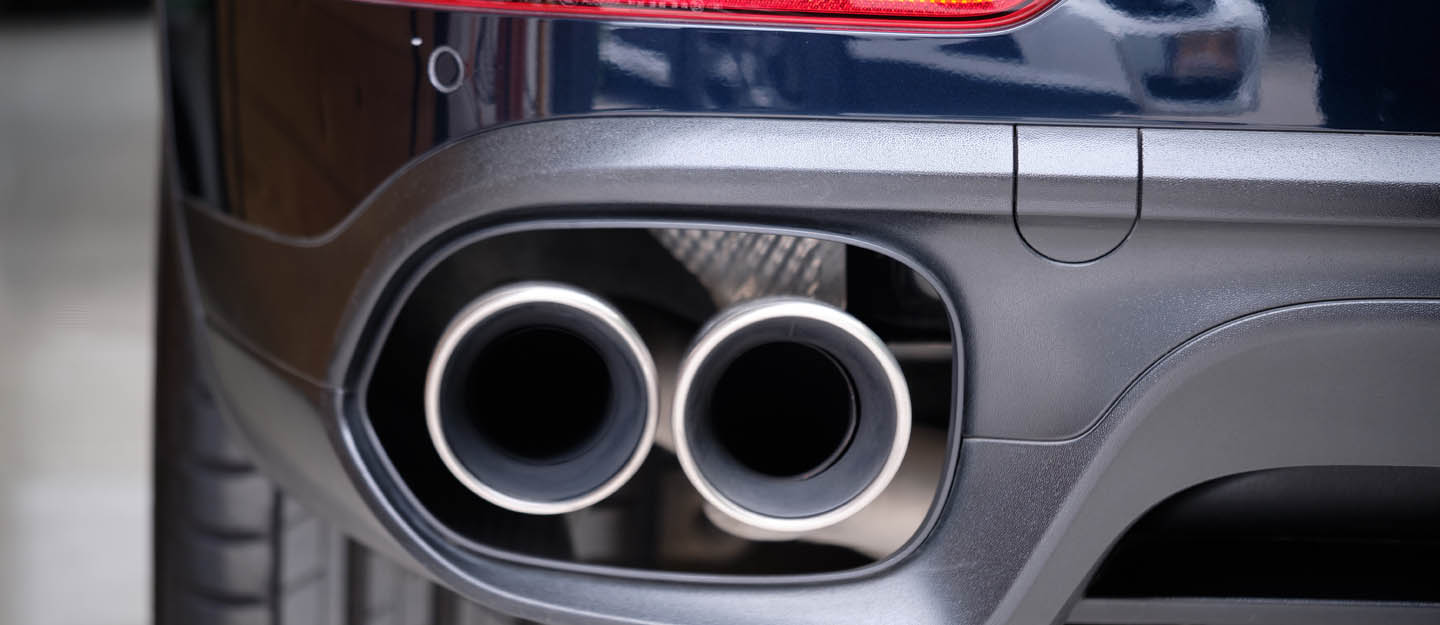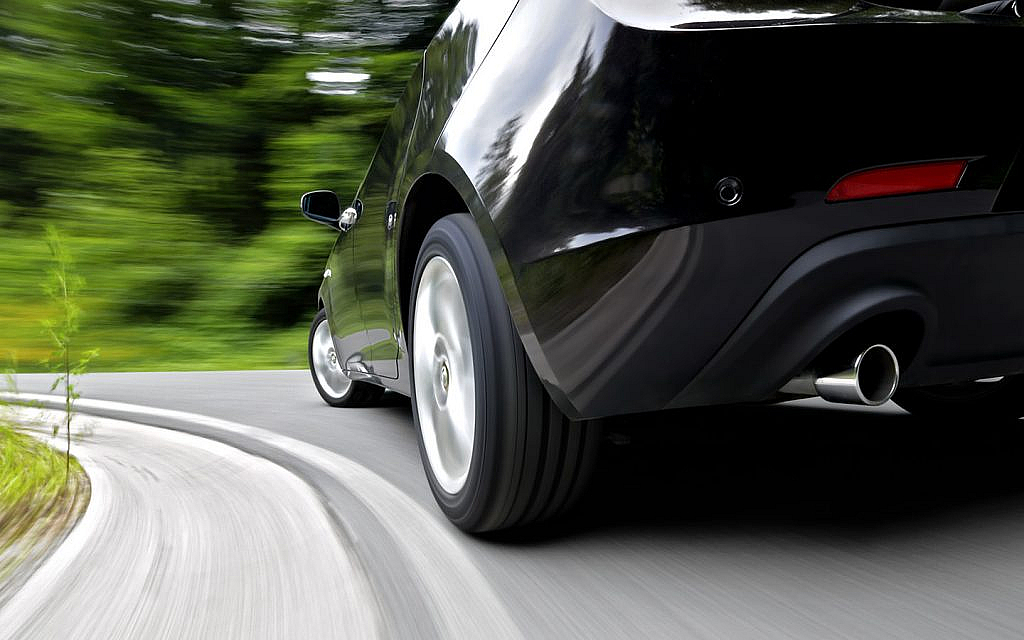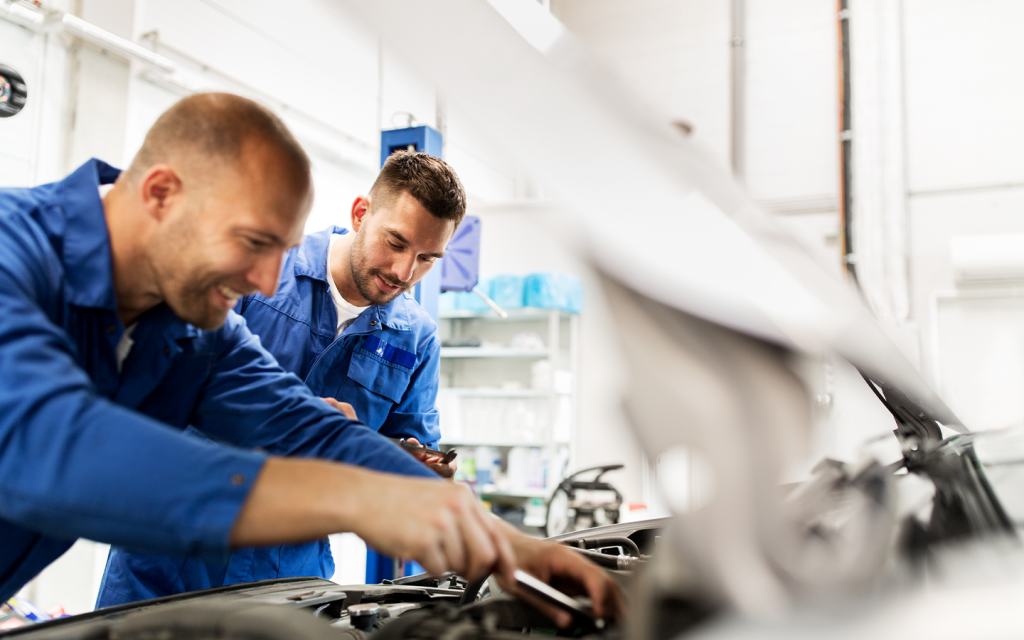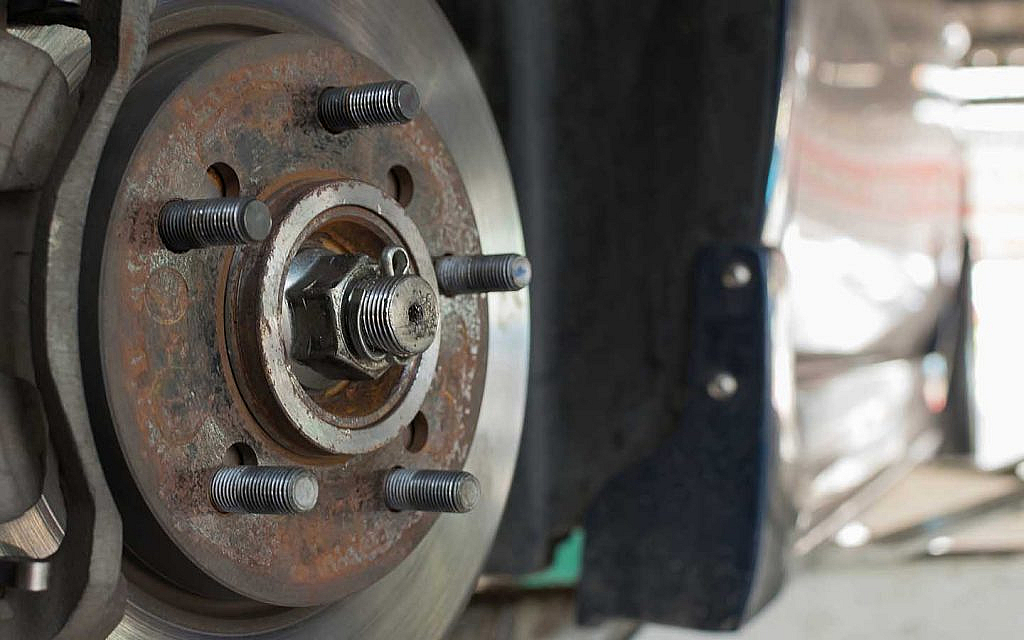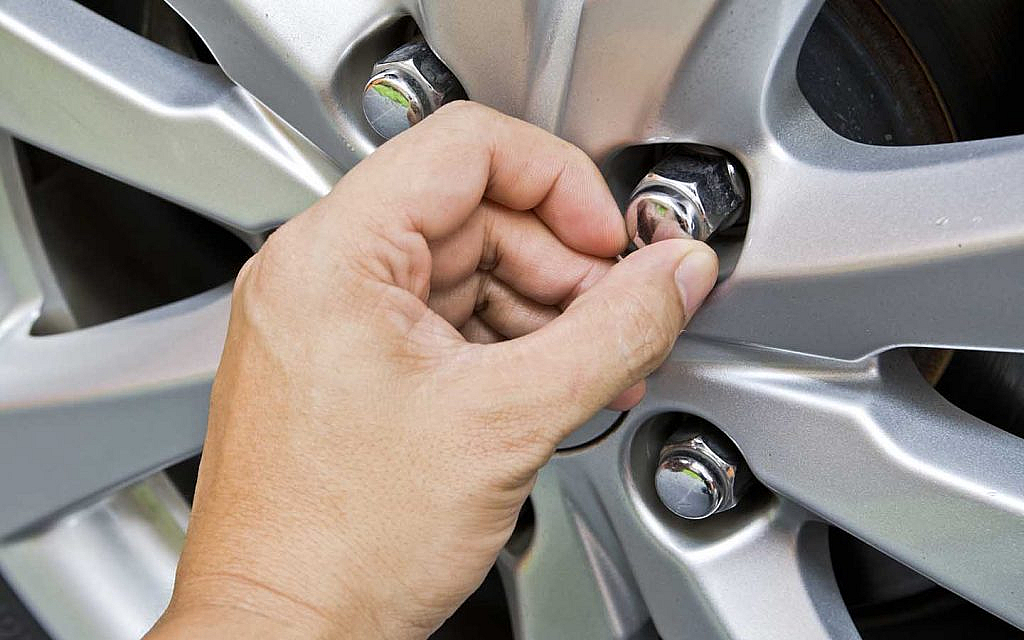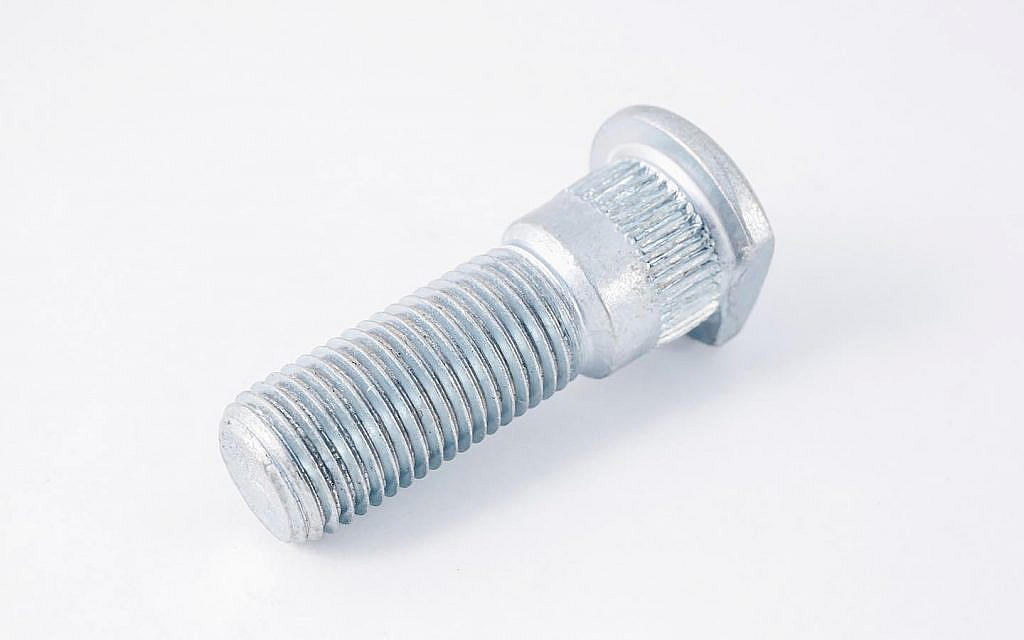DIY Throttle Body Cleaning

Timely maintenance can significantly increase a vehicle’s running life. For maintenance, cleaning is perhaps the most crucial practice. Dirt or harmful particles settling on car components can cause great damage to the parts – leading to major issues and breakdown in some cases. One of the major engine components that require timely cleaning is the throttle body. Unlike some other car component washing jobs, car owners can do throttle body cleaning themselves.
With some essential tools and cleaning spray, throttle body cleaning can easily be done at home. We will do a step-by-step guide on how to clean a car’s throttle body and ensure good car care.
What is a Throttle Body?
The throttle body controls the air intake inside a car’s engine. For electronically fuel-injected cars, the throttle body works with different types of sensors to regulate the amount of air going into the ignition chamber.
A clean and functioning throttle body ensures good engine drivability. However, with time particles, dirt and varnish can accumulate in the throttle body. This can lead to issues like rough idle, sluggish acceleration, stalling and reduced fuel economy. Therefore, timely cleaning is compulsory to ensure a smooth-running engine.
Steps for DIY Throttle Body Cleaning
A bad throttle body can lead to several problems. For instance, if a car starts rough and smooths out, this could indicate issues in the throttle body. However, if you know the ways to clean the throttle body, some problems can be avoided beforehand.
That said, let’s go through a step-by-step guide on DIY throttle body cleaning.
REQUIRED TOOLS
For a comprehensive cleaning job, drivers need to open the throttle body – which requires some tools. Listed below is a list of tools required for car throttle body cleaning.
- Throttle body cleaner
- A clean towel
- Some petrol
- A toothbrush
- Eye protection
- A flashlight
Additionally, it is a viable option to follow the vehicle manual. This can help locate the throttle body without disturbing any of the car alternators or any other engine parts.
STEP 1 – PARK THE VEHICLE OUTDOOR AND LOCATE THE THROTTLE BODY
Before getting to the throttle body cleaning part, park the vehicle outdoors and during day time. Make sure to find a spot with ample lighting and a level area. As throttle body parts are volatile, it is essential to take precautions to avoid causing unwanted damage. However, if there’s an indoor area with good lighting, it can be used too.
The throttle body can be found on the intake manifold. For better identification, look for a big intake hose going in the intake. Use the vehicle’s manual if still unsure. Moreover, avoid altering or removing any component until the throttle body is located.
STEP 3 – REMOVE THE LARGE INTAKE HOSE
This is a major step in DIY throttle body cleaning. After locating the throttle body, carefully remove the big intake hose. Be extra careful not to alter any of the car engine parts while doing so. Removing the intake hose gives access to the throttle body.
STEP 4 – REMOVE THE THROTTLE BODY
The throttle body can be cleaned after removing the intake hose. However, removing the throttle body is essential for an effective cleaning job. Carefully remove all hoses connected and screws attached to the throttle body.
Additionally, checking all the connected hoses and wires while removing them is among the effective tips to clean the throttle body. If any of the hoses or wires have signs of wear and tear, replace them.
Moreover, use coloured tape or any other method to mark which hose goes where. This can greatly help when reconnecting the hoses.
STEP 4 – OPEN THE THROTTLE BODY FLAP
After removing the throttle body, the next step is to open the body flap. This gives better access inside the throttle body, which helps with proper cleaning. A clogged throttle body is one of the causes of car engine stalling therefore, it is important to clean the inside properly.
STEP 5 – CLEAN THE THROTTLE BODY
It’s now time to clean the throttle body. Spray the body flap first on both sides with the cleaner and let it dry for a few minutes. After spraying the cleaner and letting the flap dry, take a clean microfiber cloth to clean the body.
Be sure to clean the throttle body sides and flap valve. Moreover, pay extra attention to the edges as uncleaned edges may lead to problems. Use the toothbrush and petrol to remove oil and dirt from all of the throttle body’s inside and corners.
Avoid spraying cleaner on the manifold before removing the dirt as it only elevates the particles further inside. Failure to follow this step may lead to increased emissions.
STEP 6 – REINSTALL THE THROTTLE BODY
Once satisfied with the throttle body cleaning job, it is time to reinstall the component. Carefully, place the throttle body in the place removed from. Reattach all the hoses to the appropriate places they were attached to before.
Reattach the intake hose to the throttle body by tightening all the screws. Be sure to check the intake hose and throttle body are free from any signs of dirt or oil. Moreover, driving a car with low coolant isn’t safe and must be avoided. Therefore, if a fair amount of coolant dropped during the cleaning job, refill them accordingly.
STEP 7 – TAKE A TEST DRIVE
After the cleaning job is done and the throttle body is reattached, it’s time to take a test drive. Drivers may experience a rough idle or stumbling at first. This is usually due to the dirt particles and cleaner residue entering the intake manifold.
Leave the vehicle idle for a few minutes and then begin the test drive. Depending on the previous condition of the throttle body, drivers may experience a change in performance and driveability.
Whether you choose to clean the throttle body without removing it or by detaching it as a whole, taking safety precautions is compulsory. Wear protective glasses to protect your eyes from harmful particles in the cleaner.
Avoid smoking or dropping another object in the engine while cleaning the throttle body. Moreover, be sure to turn off the engine when removing the throttle body.
This brings us to the end of the throttle body cleaning ideas for an fruitful cleansing job. A throttle body is an integral part of the car’s engine. A dirty throttle body is one of the causes of RPM fluctuations while driving and several other issues.
Therefore ensure timely cleaning to enjoy a hassle-free driving experience. Follow the car maintenance schedule to ensure the smooth running of other vehicle components. Moreover, there are some effective car cleaning tips to help keep the rest of the car in good shape.
If your vehicle throttle’s body often encounters problems, a change of vehicle might be a viable option. Scroll through these pre-owned cars for sale in the UAE and have your pick from a plethora of advanced vehicles listed.
Stay tuned to dubizzle’s auto blog for DIY throttle body cleaning tips and more.

